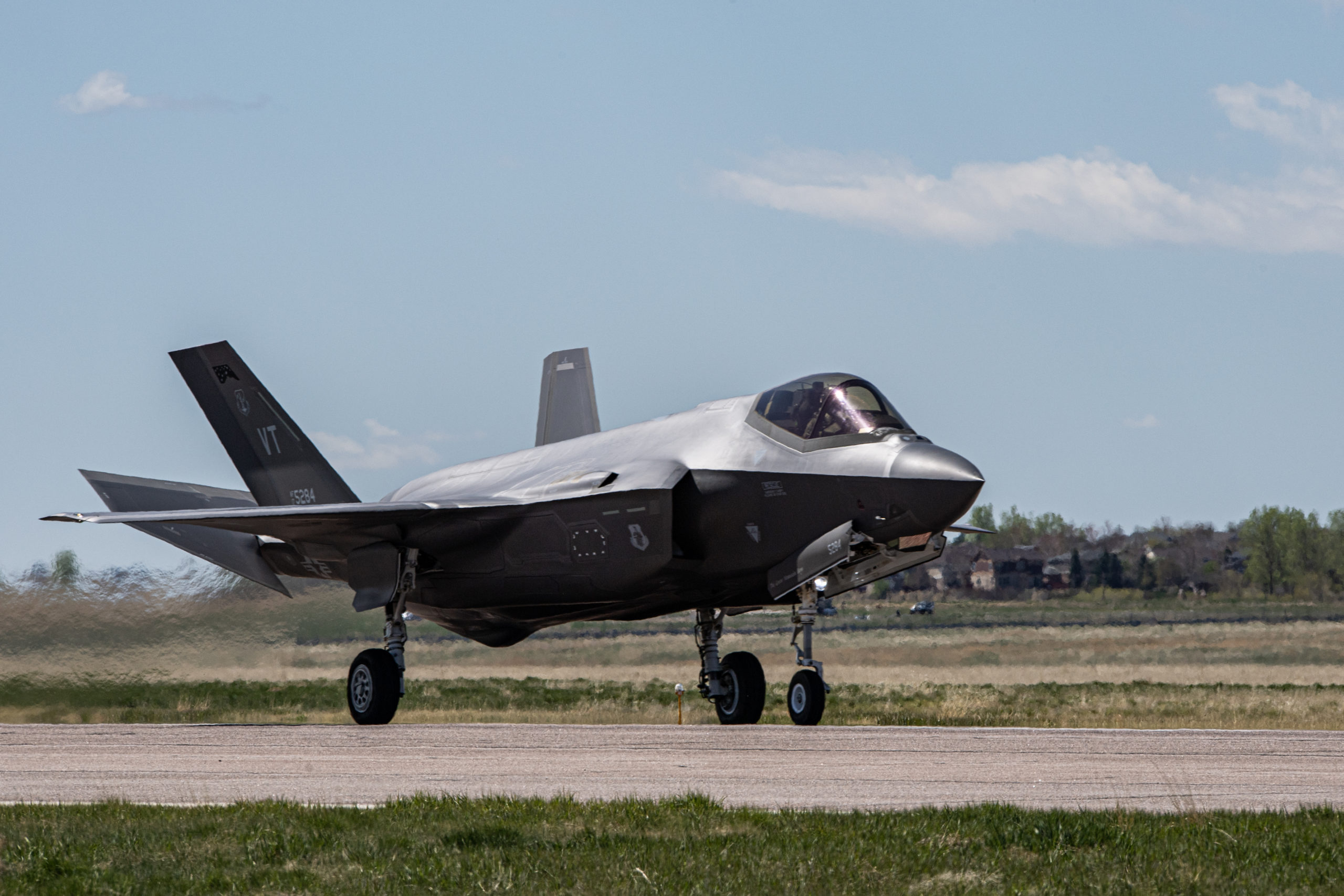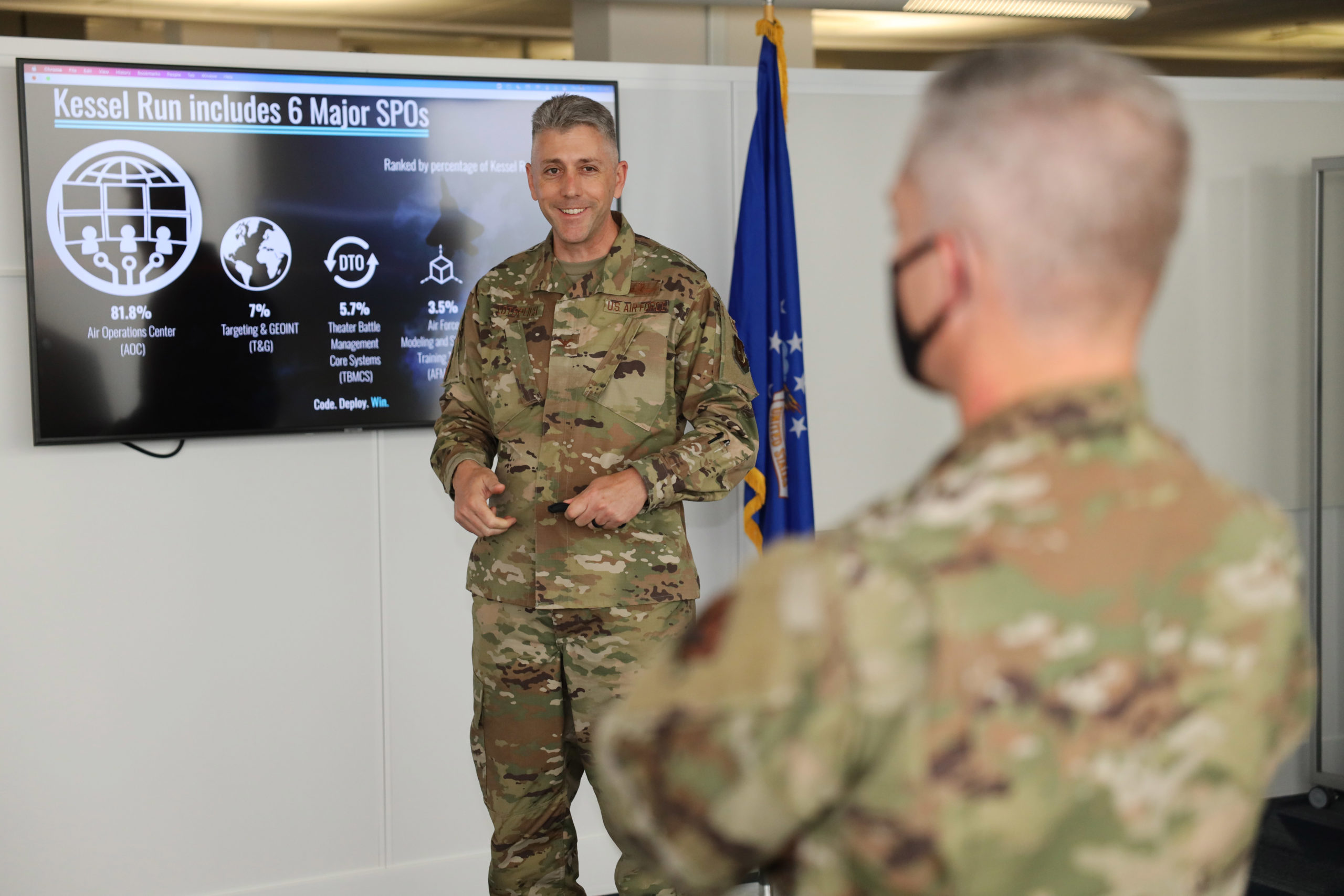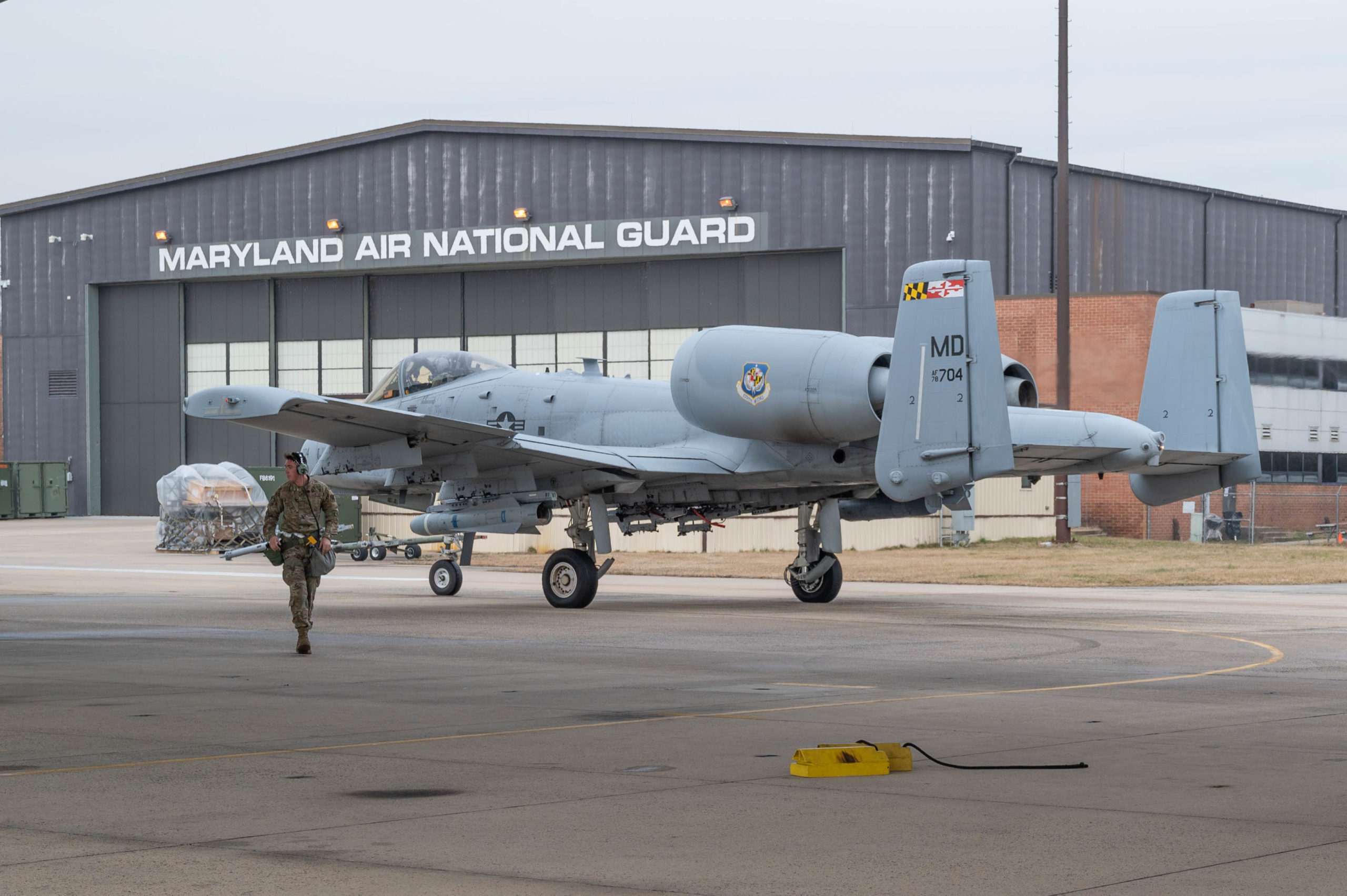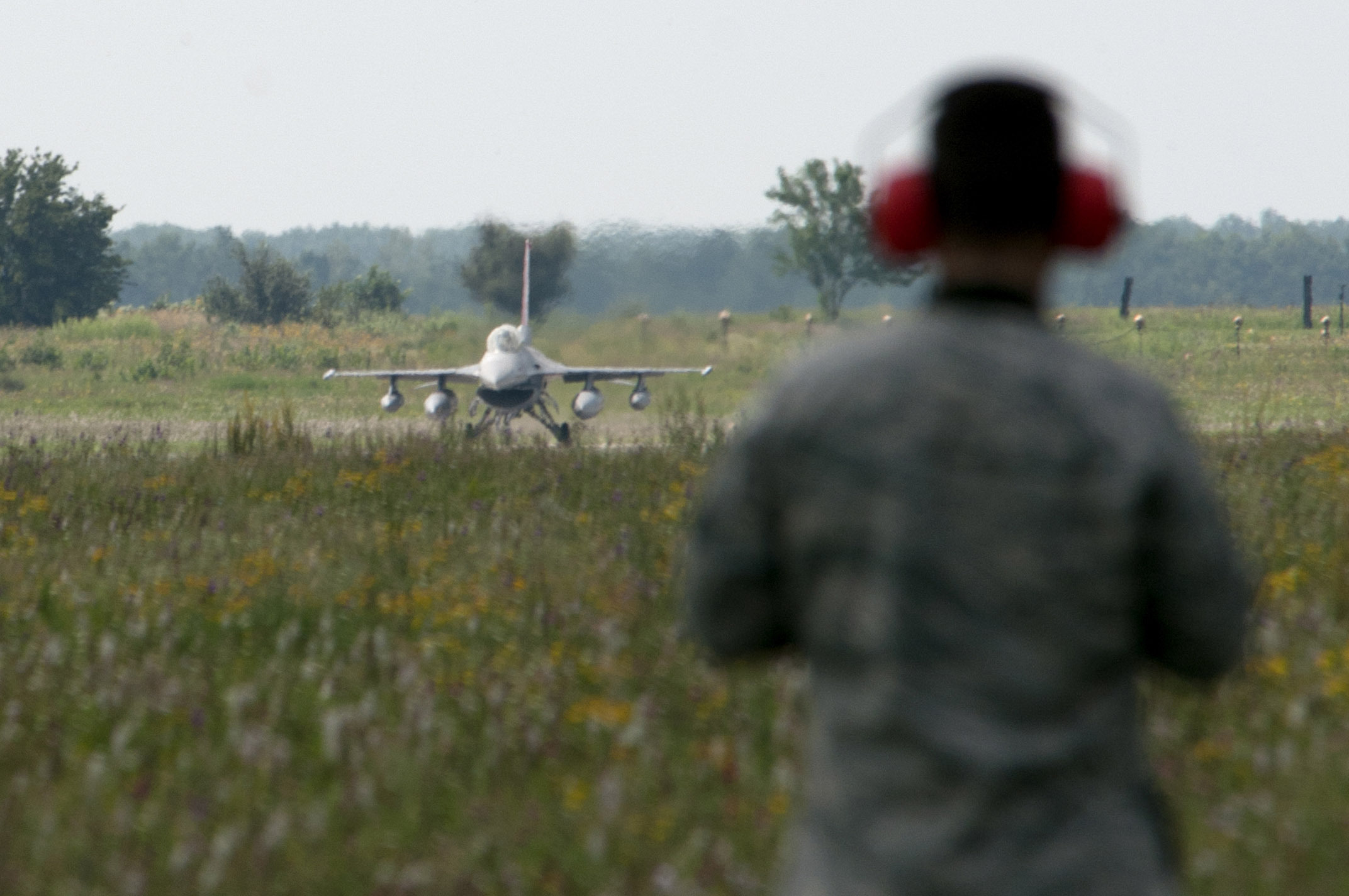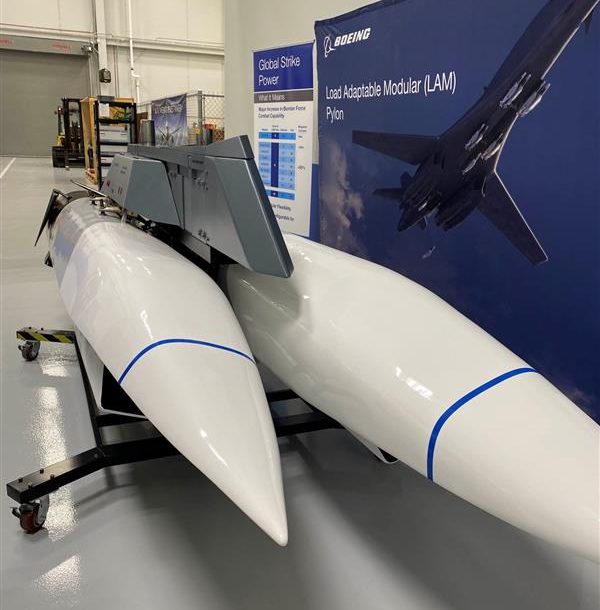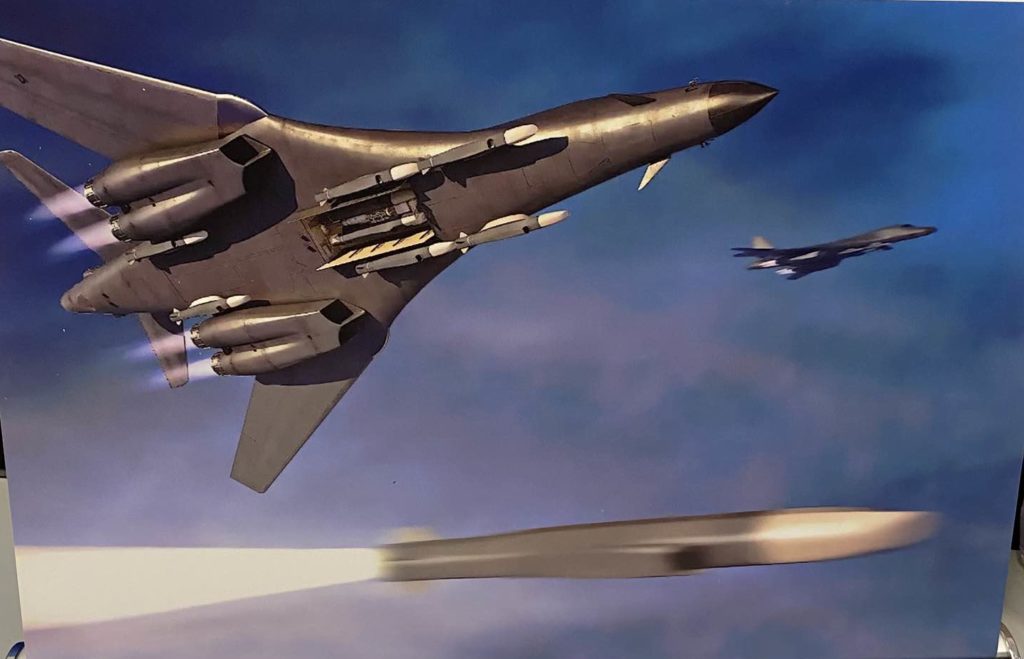The Pentagon lacks oversight of potentially millions of spare parts for the F-35, a new Government Accountability Office report states—meaning the F-35 Joint Program Office has not been able to review losses worth tens of millions of dollars in recent years.
“DOD’s lack of accountability over the F-35 global spares pool affects its ability to resolve the material weakness related to the F-35 program,” the report concluded.
The report marks yet another problem for the fighter jet’s sustainment enterprise, which continues to concern Pentagon officials, lawmakers, and acquisition experts over the F-35’s high operating costs, its balking Autonomic Information Logistics System, and a chronic shortages of some spare parts.
Air Force Secretary Frank Kendall said this week that it was a “serious mistake” to allow Lockheed Martin, the prime contractor, to own the technical baseline of the aircraft, thus controlling the program’s life cycle and creating “a perpetual monopoly” on sustainment, modifications, and upgrades.
Now GAO’s report faults the Defense Department for ceding to Lockheed oversight for spare parts at subcontractor facilities. “The F-35 Joint Program Office does not track or enter these spare parts into an accountable property system of record that would enable it to capture and store real-time changes to property records,” the report states. “Currently, the prime contractors maintain this information.”
Uniquely, the F-35’s global spares pool does not belong to the Air Force, Navy, Marine Corps, and foreign partner. Instead, the F-35 partners buy access to the spares pool. At issue for GAO is whether the spare parts at non-prime contractor facilities are considered government-furnished property (GFP), which ensures the parts are entered into a Pentagon system that allows it to have oversight and information about the costs, locations, and quantities of spare parts in the global spares pool.
Only one of the F-35’s two prime contractors—the report does not specify whether that is Lockheed Martin, responsible for the aircraft, or Pratt & Whitney, which makes the engines—considers such parts government-furnished, so they are not entered into the Pentagon’s system. According to the report, the contractor and agencies within the Defense Department have been debating the point since 2015.
Exactly how many parts are at issue is likewise unclear. GAO report noted that the F-35 Joint Program Office still does not have a full accounting of the cost, total quantity, and locations of spare parts in the global spares pool.
GAO investigators assert that one of the two primes saw more than 1 million parts lost, damaged, or destroyed, a loss of at least $85 million. The report said the F-35 JPO had adjudicated responsibility and liability for just 60,000 of those parts, or less than 2 percent. What’s more, GAO said the program office was entirely dependent on the contractors to report accurately, with no back up means to verify losses.
“For example, losses that have not been reported to the F-35 JPO include 34 actuator doors and 14 batteries with total costs of over $3.2 million and $2.1 million, respectively, that were lost in the fourth quarter of calendar year 2019,” the report noted.
GAO also faulted the program office for failing to stay current on excess, obsolete, or unserviceable spares. Some 19,000 such parts were still awaiting instructions as of last October, according to the report.
GAO offered four recommendations to address its concerns. It said the Pentagon should:
- Take steps to ensure that all spare parts are categorized appropriately and accountable to the government
- Review existing policies for asset accountability and clarify when parts are considered government-furnished property
- Develop a process for contractors to report losses on spare parts not considered GFP until the government can agree on a contract amendment to make those parts GFP
- Develop procedures to provide timely instructions for excess, obsolete, or unserviceable parts
The Pentagon agreed with all four the recommendations, the report noted.
